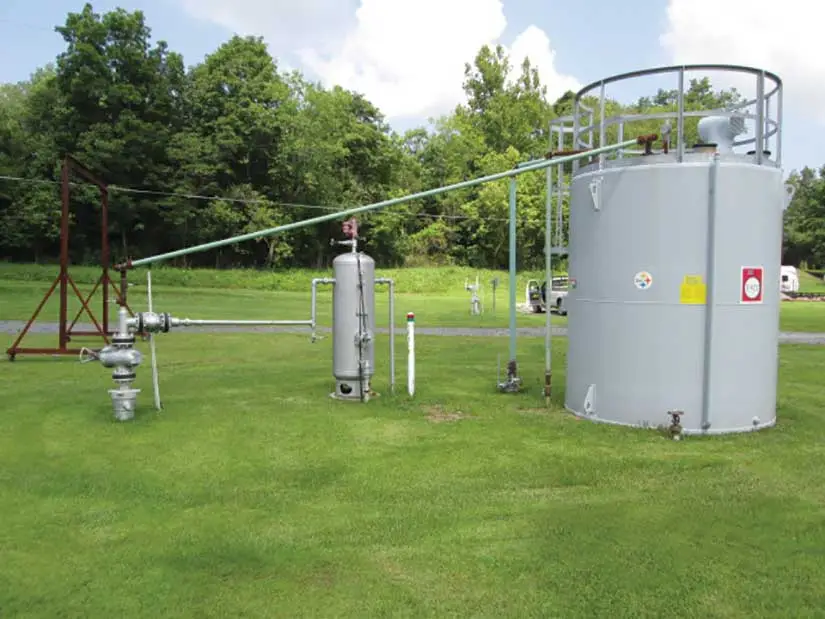Statewide Compliance Inspections
Client Challenge
Over time, it can be challenging to maintain accurate and current records of every single company asset. When the 2014 West Virginia Storage Tank Act was promulgated, new requirements were placed for aboveground storage tank (AST) registration, spill prevention plans, and certified inspections, with a tight compliance timeframe. This spurred a power company to rapidly evaluate and document over 500 ASTs located at natural gas wellhead gathering facilities, compressor stations, and fractionation plants across the statewide natural gas pipeline system.
GES Solution
GES’ comprehensive compliance program included a review and interpretation of the new regulations to define the mapping, field inspection, reporting, and environmental data management tasks needed to bring the client into compliance with the regulations. GES’ environmental informatics group developed electronic data collection forms and an environmental database to facilitate data capture and reporting in real time. Field teams were deployed to inspect tanks and record a wide array of data related to the tanks’ locations, condition, and potential spill risks. The inspection teams certified tanks for use and documented any deficiencies for future corrective action. GES also inspected and documented earthen dikes for capacity, structural integrity, signs of oil spills, and other concerns. During this process, GES identified 35 previously unknown tank sites, which were added into the power company’s database.
Client Value
All reports were reviewed and approved by a GES professional engineer prior to uploading to the state’s tank inventory. Subsequently, GES pursued the closure of more than 30 deficient ASTs identified during this project, including facility decommissioning, site characterization, sample collection and testing, and soil excavation and management. Armed with regulatory expertise, sophisticated data management and mapping capabilities, and experienced field teams, the power company was able to meet all regulatory deadlines and compile a current and accurate facility database for ongoing infrastructure compliance and maintenance tracking.
